
What is the capsaicin in chili peppers? Hot Sauce Recipes by Mad Dog
20 Recipes Full of Capsaicin. 1. Pork Albóndigas with Árbol Chile Tomato Sauce. An easy main dish, perfect for a quick meal. Tender meatballs made with lots of fresh herbs and ground pork in a slightly spicy, delicate tomato sauce. Serve with Coconut-Cilantro Rice and Garlicky Broccolini for a super tasty dinner. 2.
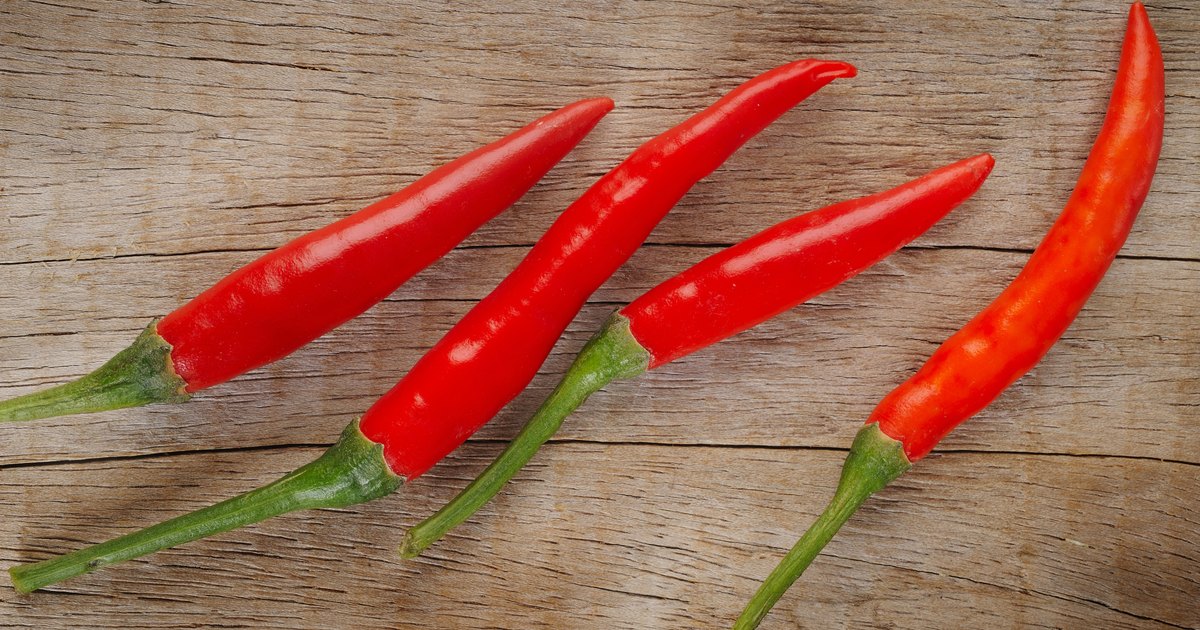
Foods That Have Capsaicin
The intensity of capsaicin, and its spice effects, depend on the chili pepper in questions. The Institute of Food & Agricultural Services at the University of Florida explains that this intensity can officially be measured by the Scoville Heat Units (SHU) scale, which was originally developed by Wilbur Scoville. It is not necessary to neutralize capsaicin in red and yellow bell peppers, as.
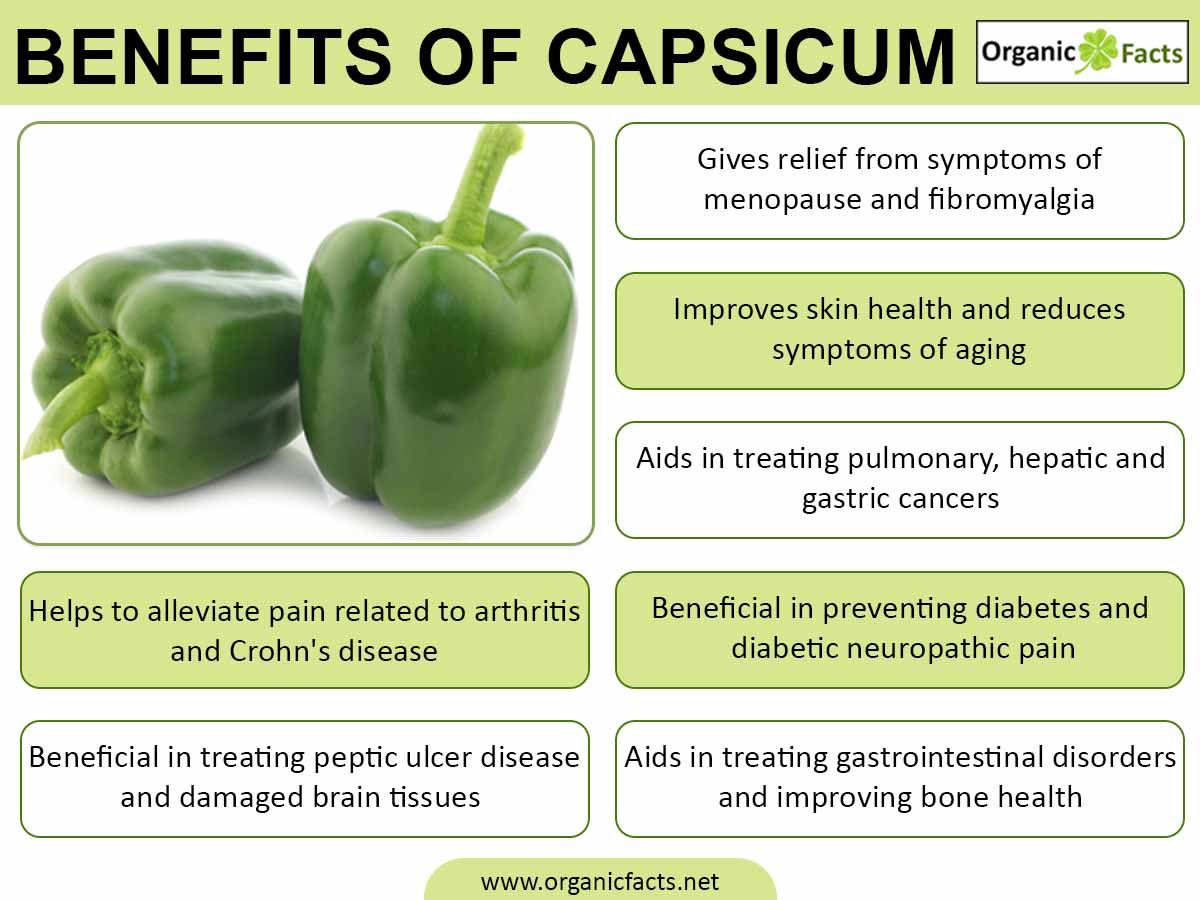
11 Impressive Capsicum Benefits & Uses Organic Facts
6. Helps in Weight-Loss Efforts. If you're trying to lose weight, you should probably consider eating capsaicin-rich foods, such as chili peppers. Research has found that eating these spicy foods may lower body weight, speed metabolism, help burn fat and suppress appetite in animals. 7. Helps Protect the Brain.
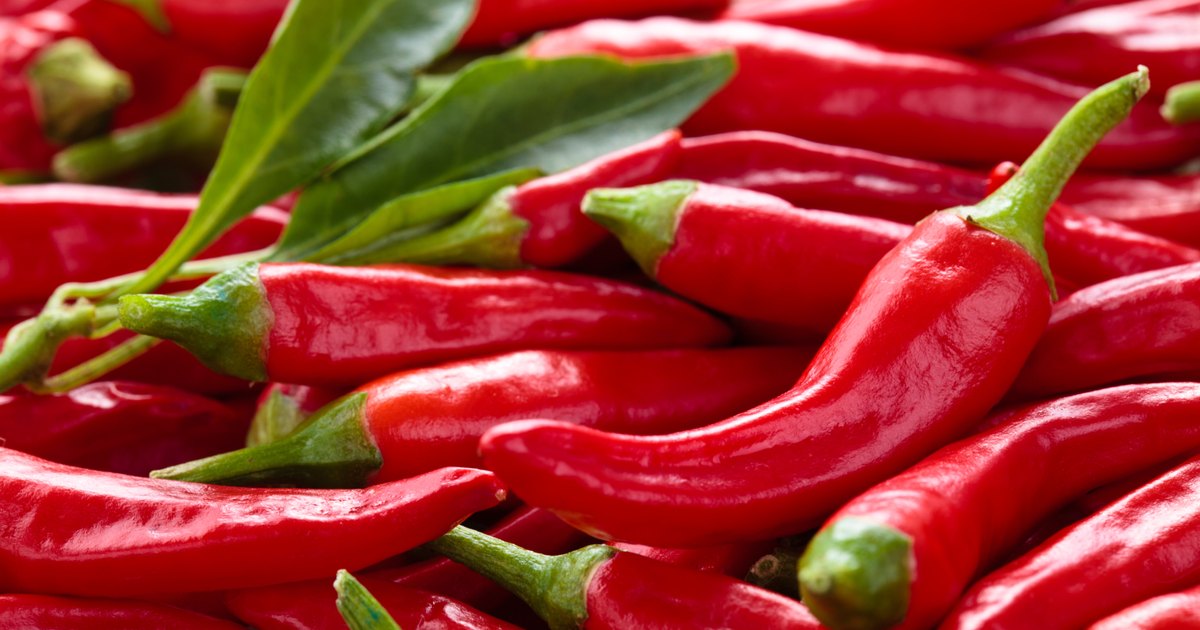
What Are the Health Benefits of Capsaicin?
Capsaicin has been linked to numerous health benefits, including pain relief, improved digestion, and potential weight loss. It is known to have anti-inflammatory properties and may help reduce the risk of certain chronic diseases. Several foods contain capsaicin, with chili peppers being the most well-known source.

What Is Capsaicin? 6 Health Benefits and How to Use Dr. Axe
Though capsaicin is present in miniscule amounts in foods such as oregano, cinnamon and cilantro, it is predominantly found in peppers of the genus Capsicum. Capsaicin is an odorless compound and not volatile, meaning that cooking it will not break it down chemically. The amount in a single pepper can vary from a mild spice to blindly hot.

What is Capsaicin? Heat Level, Health Benefits and More Chili Pepper
Health benefits of Capsaicin: Capsaicin is a naturally occurring plant chemical (phytochemical) that gives chillies their heat and may also have significant health benefits along with the addictive 'heat' element central to many world cuisines.
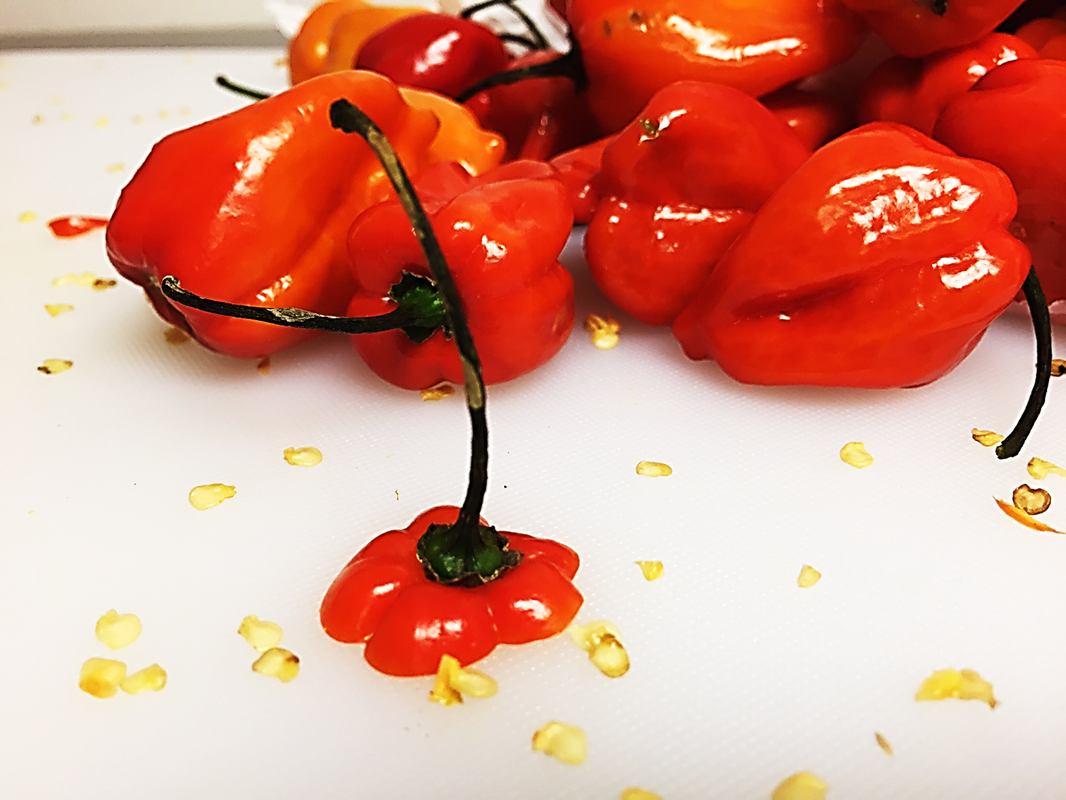
Benefits of Spicy Foods Lone Star Bee Co.
Cayenne pepper is a capsaicin-rich food that packs some serious heat, with 25,000 to 50,000 SHU. This spicy red pepper is often dried and turned into a powder or flakes. Don't mistake it with chili powder, which is usually a blend and a lot less spicy, clocking in at 500 to 1,500 SHU. 6. Tabasco: 30,000 to 50,000 SHU.

Capsaicin is responsible for hot peppers spicy kicks. The more
Inhaling sprays containing capsaicin can cause coughing, difficulty breathing, production of tears, nausea, nasal irritation, and temporary blindness. Capsaicin can cause severe eye irritation and is also irritating to the skin. In animals, capsaicin causes coughing, temporary blindness, and prevents the vocal cords from working for a short time.
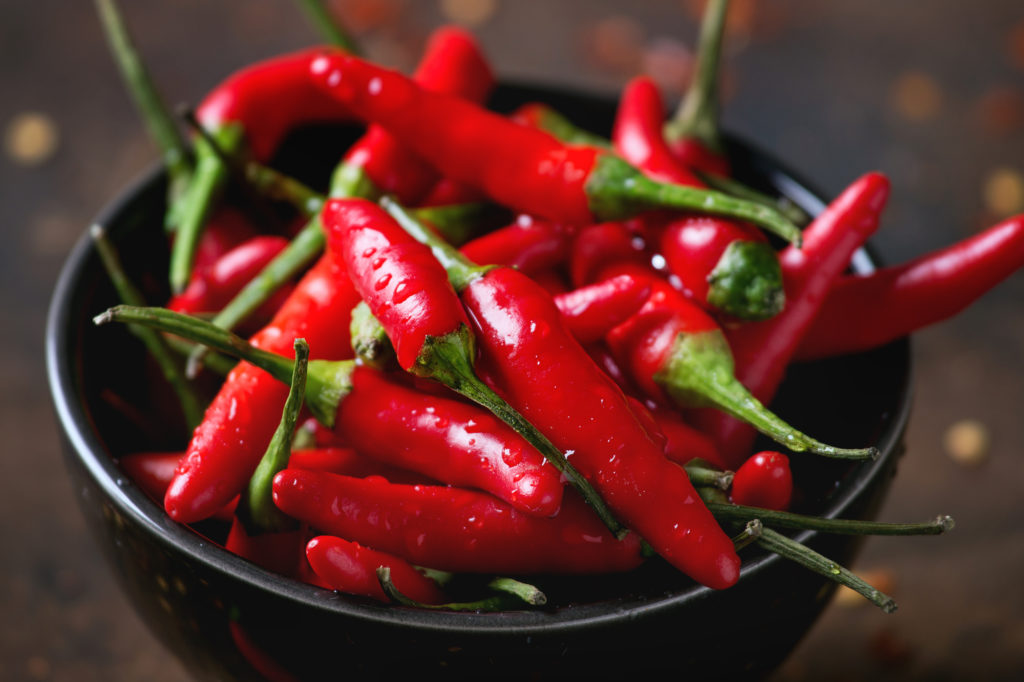
The Benefits of Capsaicin in Chili Peppers Breast Cancer Conqueror
Capsaicin is a known analgesic, or pain reliever. In fact, topical, prescription-grade capsaicin has been approved by the Food and Drug Administration (FDA) for treating pain. Capsaicin helps.
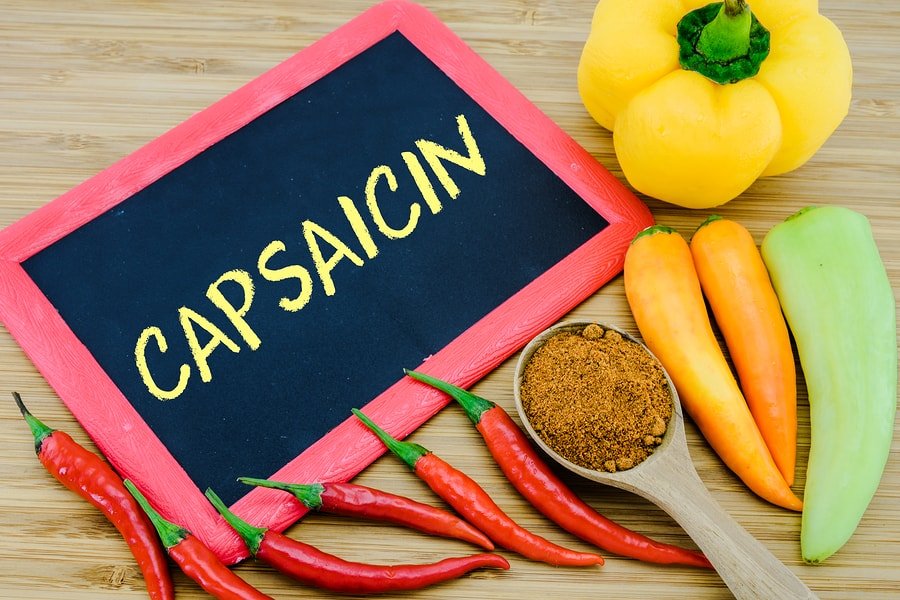
11 Benefits of Capsaicin + Dosage & Safety SelfDecode Supplements
4. Fat burner. According to an article by Muscle and Strength, capsaicin is a powerful fat loss supplement that helps to boost metabolism. "Several studies looking at the impact of capsaicin on metabolic rate have shown that capsaicin does enhance energy expenditure while boosting fat oxidation, promoting significant weight loss.". (3)

What Makes Food Spicy? The Science of Capsaicin and Peppers
Capsaicin, the Heat in Peppers, Can Aid Digestion and Gut Health. Capsaicin, the substance that makes chili peppers hot, may help with digestion and gut health. When you eat a chili pepper, a substance called capsaicin is what brings the spicy heat. Capsaicin is so potent that it's even used in bear repellant spray.

Spicy Science On Capsaicin and Peppers Food Crumbles
Capsaicin is known to irritate the lining of the digestive tract, which could cause an upset stomach and diarrhea. It may also cause food to be digested too quickly, which can make your stool burn.
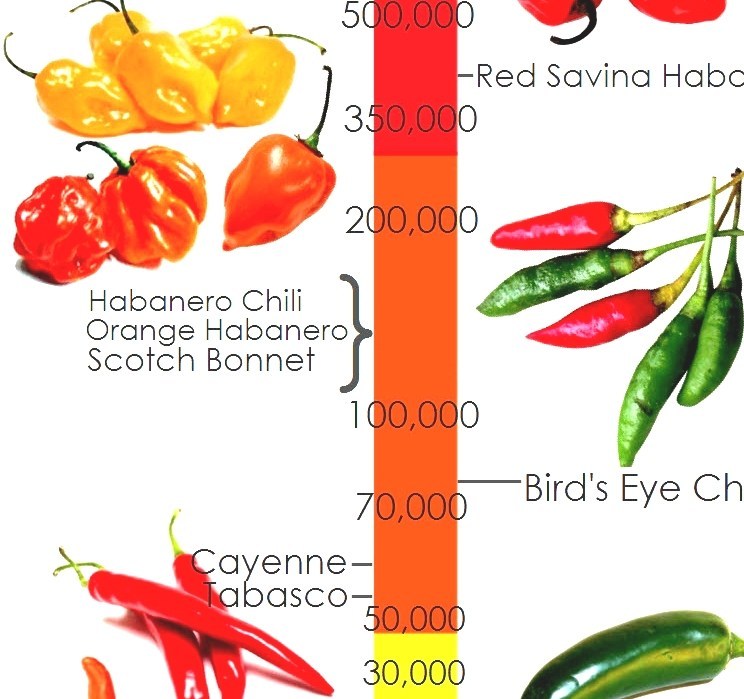
Capsaicin Hot Pepper Diet
flavonoids. phenolic acids. carotenoids such as lutein, lycopene, and zeazanthin. Additional nutrients in Capsicum include: vitamin, such as: vitamin Bs. vitamin C, which is high in red peppers.
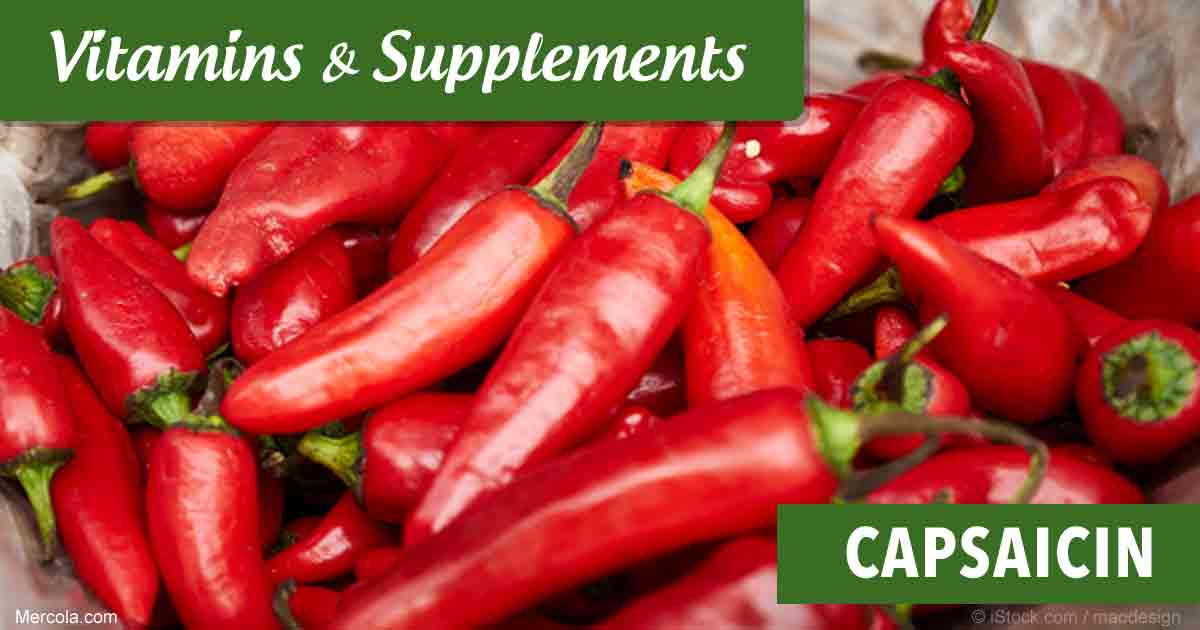
Capsaicin Benefits and Uses
An overview of chili peppers and capsaicin. Chili pepper is generally used as a flavoring spice and is prominent in diets of various communities and cultures worldwide since 7000BC, with a long history of flavoring, coloring, preserving food as well as medication [].In chili pepper, more than 200 active constituents have been identified and some of its active constituents play multiple roles.

Why Does Spicy Food Taste Hot? How Capsaicin Works!
By. Danilo Alfaro. Updated on 08/4/21. Michael Lynch / EyeEm / Getty Images. Capsaicin (pronounced "cap-SAY-a-sin") is the chemical in chili peppers that makes them spicy. Specifically, capsaicin occurs in the fruits of plants in the Capsicum family, including jalapeño peppers, cayenne peppers, and other chili peppers .
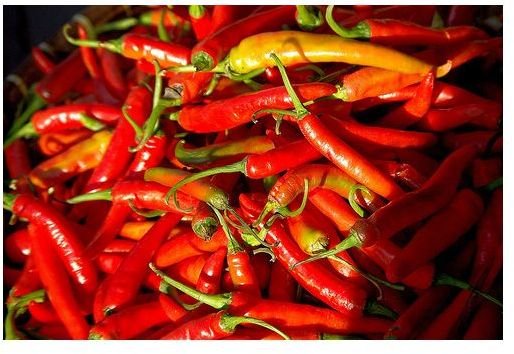
List of High Capsaicin Foods for Intense WellBeing Health Guide Info
Although people often associate spicy foods with stomach upset, capsaicin aids in helping reduce ulcers by restricting the growth of an ulcer-causing bacteria (Helicobacter pylori or H. pylori), reducing excess stomach acid and increasing blood flow. Meal tip: Use this spice anytime you want to add heat to your food. It's great in chili.